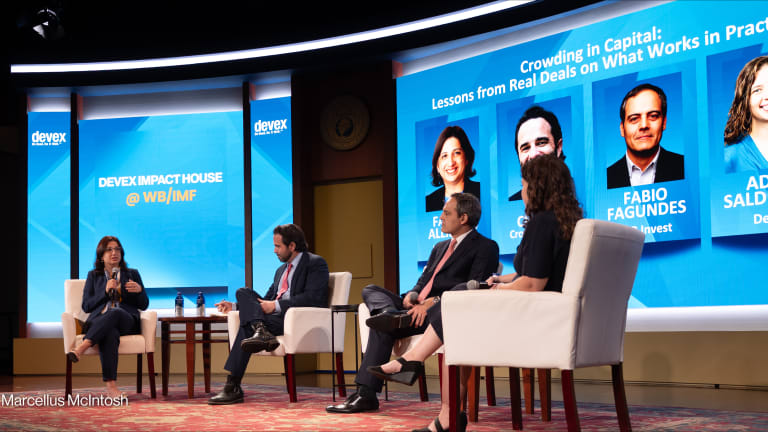When development impact bonds were first discussed about three years ago, there was quite a bit of excitement and hype about their potential. While some of that enthusiasm may still exist, the intervening years and initial experiences of trying to launch DIBs have brought expectations down to earth.
Development impact bonds begin with an investor, who provides the upfront capital for an intervention — be it improved education or a reduction in malaria — carried out by a service provider. If the program achieves specific, closely-measured results, then an outcome payor — in the case of development impact bonds, usually a foundation or donor agency, though it could be a private corporation as well — pays the investor based on how well the intervention succeeds.
DIBs are an adapted form of social impact bonds, which have been around for about six years, and are growing, particularly in the United States and the United Kingdom. The chief difference is in who the outcome payor is; with SIBs the outcome payor is the government. Most SIBs are built around the idea that a particular intervention, if successful, represents significant long-term cost savings for the government. But beginning that intervention is risky, which is where the investor comes in, to take on that uncertainty. A fourth party in these deals, the intermediary, helps to structure the deal, bring parties together and see through the implementation.








